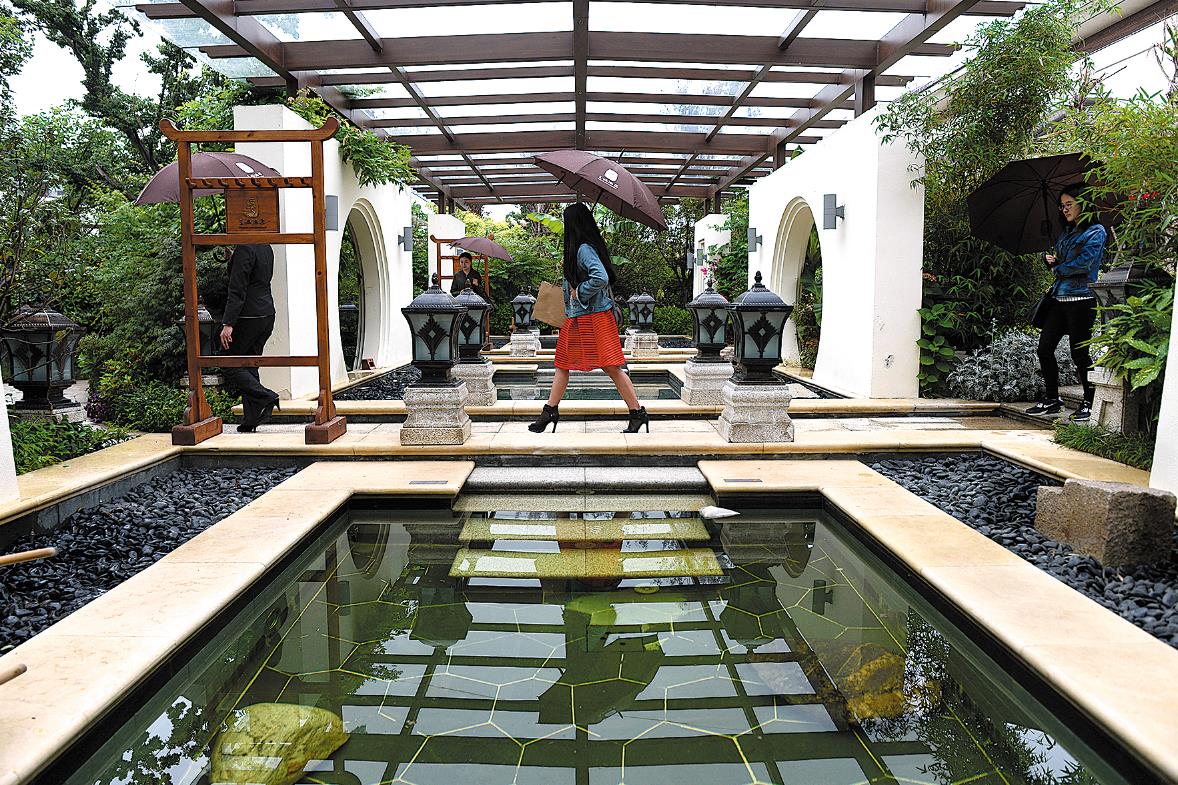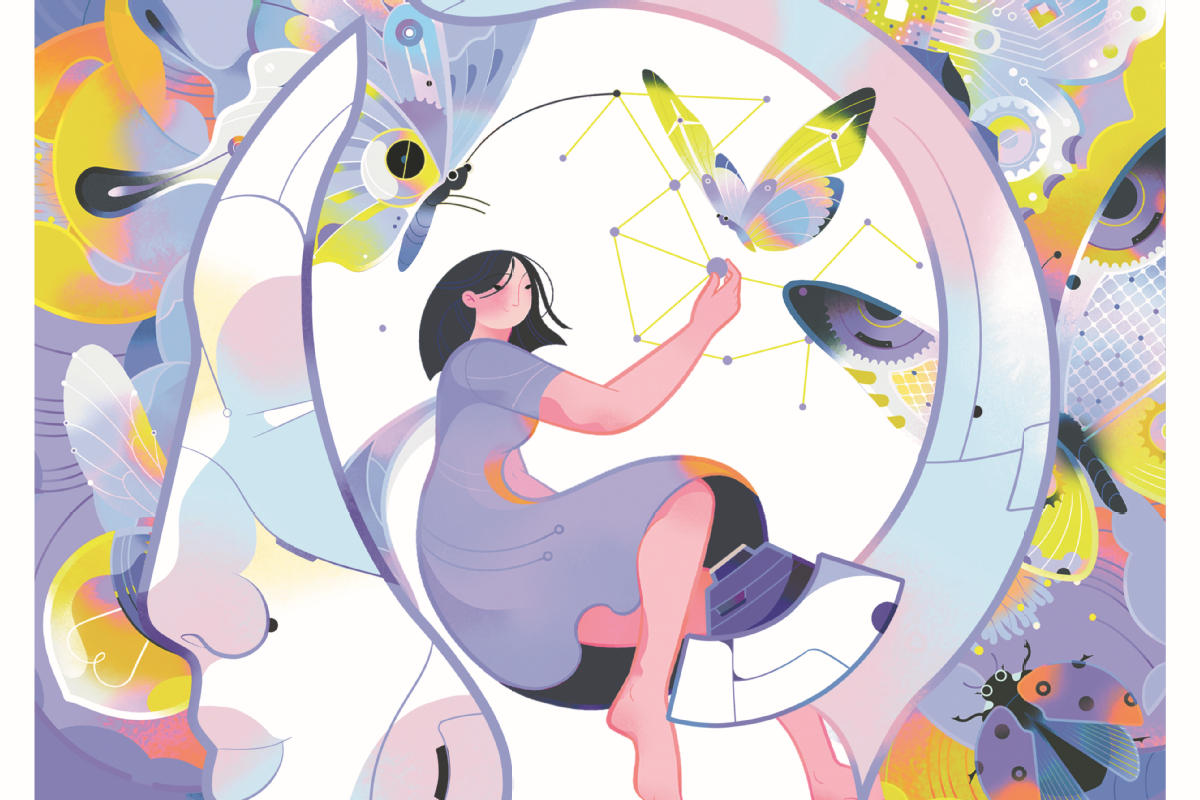How I.M. Pei embraced past and present






"Mr. Pei didn't start the design until he had researched all the cultural relics we kept," Qian said. "He also suggested where some of the relics should be placed, and designed some of the display cabinets.
"The museum combines traditional Chinese and modern architectural features. The building coexists harmoniously with the environment."
Lu Andong, an architecture professor at Nanjing University in Jiangsu province, said the Suzhou Museum is his favorite Pei design, because the architect shunned all cliched cultural elements and used "modernist architectural language" to reinterpret and hail the spirit of Chinese tradition, through which he gave the museum decency, calm, creativity and a "modest touch".
Cao Jun, director of the Suzhou Art Museum, was a member of a government delegation from the city that visited Pei in 2001 to invite him to design the building. He said he was impressed by the architect's "distinguished charisma" when he first met with him.
"He liked to listen to us speaking in the Suzhou dialect and he replied in a Shanghai accent," Cao said.
He said the delegation brought Pei a bottle of fresh jitoumi — which translates as "chicken head rice" or "gorgon fruit seed". It is usually cooked with sugar and dried osmanthus as a traditional festive treat in Suzhou, which Pei missed the most.
Cao also recalled that Pei treated the delegation to dinner at a French restaurant and when they had finished, a woman from a neighboring table approached, holding a bottle of French wine. She wanted to give the wine to Pei in thanks for his design of the Louvre Pyramid.
In his acceptance speech at the 1983 Pritzker Architecture Prize ceremony, Pei said, "Let us all be attentive to new ideas, to advancing means, to dawning needs, to impetuses of change, so that we may achieve, beyond architectural originality, a harmony of spirit in the service of man."
Wang Kaihao contributed to this story.
Contact the writers at linqi@chinadaily.com.cn




















